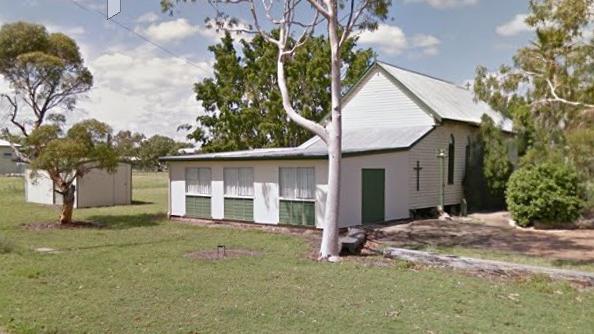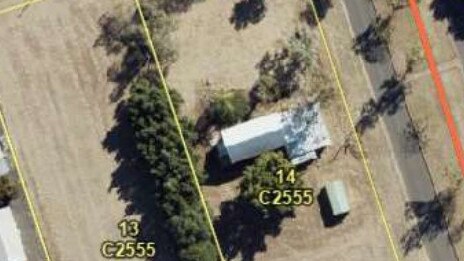Plans lodged to turn church in Capella into crematorium
Plans have been lodged to transform a more than 100-year-old church into a crematorium and funeral chapel. See the plans.

Rockhampton
Don't miss out on the headlines from Rockhampton. Followed categories will be added to My News.
A country church which was built more than a century ago could soon become a crematorium and funeral chapel if a development application gets the green light from council.
A material change of use application was recently lodged with Central Highlands Regional Council for the Holy Spirit Anglican Church at Capella to be turned into a crematorium and funeral chapel.
The church, located on the corner of Conran and Burn St, was built in 1907 and formerly used by the Church of England.
The Church of England previously used the site as a place of worship and for associated community activities.
According to the development application the project will involve using the existing church building as a chapel for funeral services, as well as the supper room and amenities.

The existing shed on the lot will be removed and replaced with a 9m by 9m crematorium building, with formal driveways and carparking also to be installed, as the site currently doesn’t have formal parking or driveways.
Some landscaping is also proposed for the site in addition to the mature trees already on the site.
The planning report says the cremation process that is proposed to be used is called “aquamation”, a newer form of cremation that’s seen as a more eco-friendly alternative to flame-based cremation.
During the aquamation process remains are submerged in a stainless steel container that contains a solution of 95 per cent water and five per cent potassium or sodium hydroxide.
The solution has an extremely high pH level, which makes it alkaline in nature.
The container that the solution and remains are held in is heated to catalyse the chemical reaction of emulsification.
When the temperature and pressure are raised to specific conditions, the process of emulsification can happen within a day.
The planning report says because there is no active burning associated with the process, there are fewer emissions when compared to flame-based cremation.




